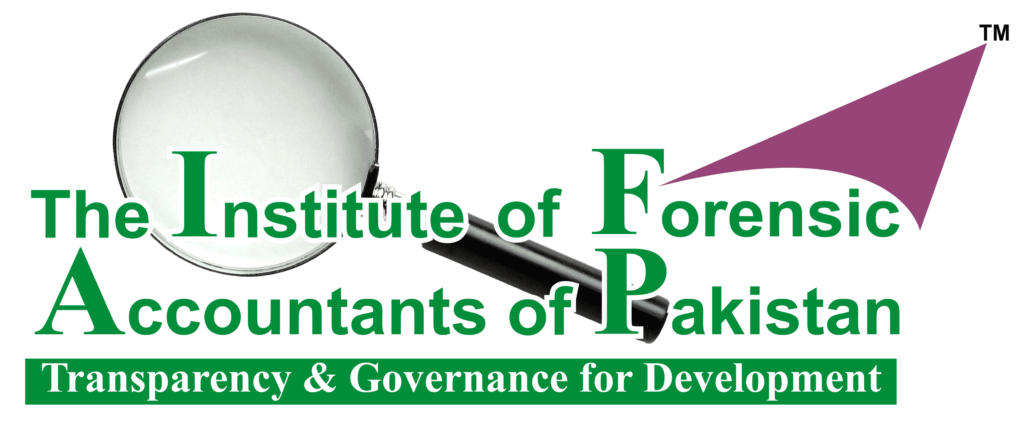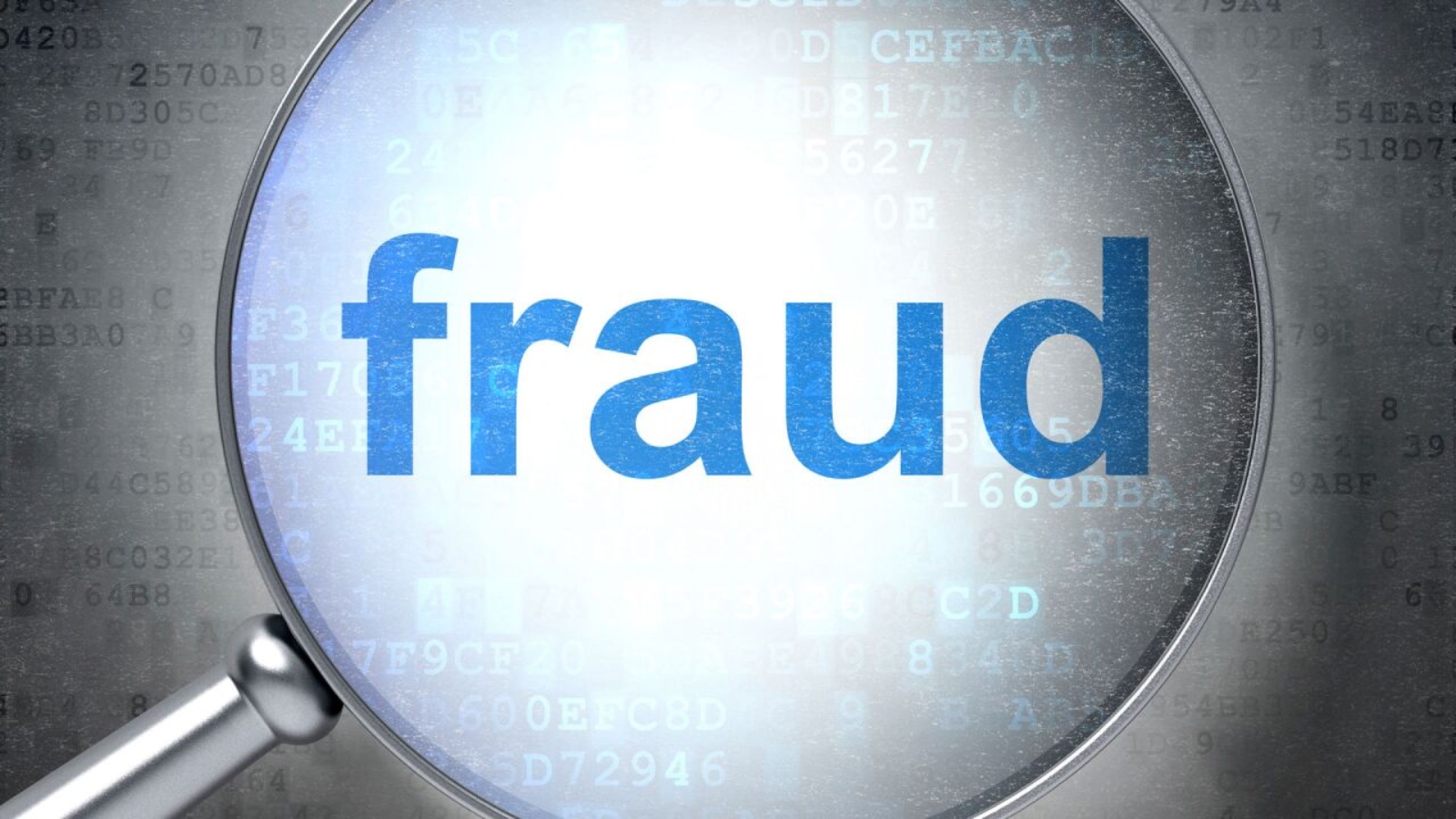Government and Nonprofit Fraud: A Forensic Auditor's Perspective
Public trust is paramount for both governments and non-profit organizations. Governments manage taxpayer dollars allocated for public services, while non-profit organizations rely on donations to fulfill their charitable missions. Unfortunately, this trust can be shattered through fraudulent activities. Forensic auditors play a crucial role in safeguarding public funds and ensuring the integrity of non-profit operations. This article explores the nature of government and non-profit fraud, the specific challenges forensic auditors face in these sectors, and the methodologies employed to detect and investigate such misconduct.
The Landscape of Fraud in Government and Non-Profit Organizations
Fraudulent schemes can take various forms within governments and non-profit organizations. In governments, common types of fraud include:
- Procurement Fraud: This involves manipulating the procurement process to favor specific vendors or inflate prices (Tessler et al., 2020).
- Payroll Fraud: This entails creating fictitious employees or manipulating timesheets to receive unauthorized compensation (Association of Certified Fraud Examiners, 2022).
- Grant Fraud: This occurs when grant recipients misrepresent the use of awarded funds or fail to deliver promised services (Government Accountability Office, 2021).
Non-profit organizations are susceptible to similar fraudulent activities, along with some unique vulnerabilities:
- Embezzlement: This involves the misappropriation of donated funds or assets for personal gain (Singh & Jain, 2020).
- Revenue Diversion: This refers to directing donations away from the intended purpose towards unauthorized activities (Epstein & Ramamoorti, 2017).
- Expense Fraud: This encompasses creating false expense reports or inflating legitimate expenses for personal benefit (Dutta & Roychowdhury, 2020).
The consequences of fraud extend far beyond financial losses. It erodes public trust, undermines the legitimacy of institutions, and hinders the ability of governments and non-profits to deliver essential services.
Challenges in Detecting and Investigating Fraud
Forensic auditors encounter distinct challenges when investigating fraud in government and non-profit organizations:
- Complexities of Government Regulations: Government entities operate under a web of regulations and bureaucratic procedures. Navigating these complexities requires a thorough understanding of specific programs, grant requirements, and procurement policies (Tessler et al., 2020).
- Limited Resources: Non-profit organizations often have limited budgets and staff compared to for-profit entities. This can constrain their ability to invest in robust internal controls and dedicate resources for comprehensive fraud detection (Singh & Jain, 2020).
- Pressure to Deliver Results: Governments and non-profits are under constant pressure to deliver results within budgetary constraints. This pressure can create an environment ripe for cutting corners or overlooking potential red flags (Epstein & Ramamoorti, 2017).
- Collusion: Fraudulent schemes often involve collusion between multiple individuals. This can make it difficult to detect irregularities as perpetrators work together to conceal their activities.
Forensic Auditing Methodologies for Government and Non-Profit Organizations
Despite these challenges, forensic auditors possess a toolkit of methodologies to detect and investigate fraud in these sectors. Some key approaches include:
- Analytical Procedures: This involves analyzing financial and non-financial data to identify anomalies or inconsistencies that may suggest fraudulent activity (Dutta & Roychowdhury, 2020). For example, comparing payroll data with personnel records can reveal fictitious employees.
- Computer-Assisted Audit Techniques (CAATTs): CAATTs leverage specialized software to analyze vast datasets and identify patterns potentially indicative of fraud. This can include data mining techniques to uncover suspicious transactions or duplicate payments.
- Compliance Testing: This involves assessing adherence to internal controls and established procedures. Deviations from expected protocols can highlight areas of vulnerability and potential opportunities for fraud.
- Interviews and Interrogations: Skilled forensic auditors can conduct interviews of relevant personnel to gather information, assess behavior, and potentially uncover inconsistencies or admissions of wrongdoing.
- Data Analytics: The increasing use of data analytics in government and non-profit organizations provides opportunities for fraud detection and investigation. Advanced statistical models can identify unusual trends or deviations that warrant further investigation.
These methodologies are often employed in a phased approach. Initial analytical procedures may identify red flags, prompting deeper investigative steps like CAATTs or interviews.
The Importance of Collaboration
Effective fraud detection and investigation in government and non-profit organizations often require collaboration between various stakeholders. Forensic auditors can work alongside:
- Law Enforcement: In cases involving potential criminal activity, collaboration with law enforcement agencies is crucial. Sharing evidence and expertise can expedite investigations and bring perpetrators to justice.
- Management: Transparency is essential. Forensic auditors should keep management informed of their findings and recommendations throughout the investigation process.
- Internal Audit Teams: Collaboration with internal audit teams can leverage existing expertise within the organization and enhance the effectiveness of the investigation (Dutta & Roychowdhury, 2020).
- External Whistleblowers: Whistleblowers can provide invaluable information about potential wrongdoing. Forensic auditors should establish clear channels for confidential reporting and ensure a safe environment for whistleblowers to come forward.
Proactive Measures to Prevent Fraud
While investigating and deterring fraud are vital, a more strategic approach focuses on prevention. Forensic auditors can recommend proactive measures to strengthen internal controls and reduce the risk of fraud in government and non-profit organizations, including:
- Implementing Strong Internal Controls: Robust internal controls with clear segregation of duties, regular reconciliations, and restricted access to financial resources can make it significantly harder for perpetrators to commit and conceal fraud (Singh & Jain, 2020).
- Promoting a Culture of Ethics: Fostering a culture of ethical behavior within the organization through training programs, clear codes of conduct, and whistleblower protection policies can deter potential fraudsters and encourage ethical decision-making.
- Regular Risk Assessments: Conducting periodic risk assessments helps identify areas of vulnerability within the organization and allows for the implementation of targeted mitigation strategies (Tessler et al., 2020).
Government and non-profit organizations are entrusted with immense public responsibility. Forensic auditors play a critical role in safeguarding public funds, ensuring the integrity of non-profit operations, and deterring fraud. Through a combination of investigative methodologies, collaboration with stakeholders, and proactive prevention strategies, forensic auditors can contribute significantly to upholding public trust and ensuring the efficient use of resources for the greater good.
References:
Association of Certified Fraud Examiners (ACFE). (2022). Report to the Nations on Occupational Fraud and Abuse: 2022 Global Fraud Study. Retrieved June 9, 2024 from https://acfepublic.s3.us-west-2.amazonaws.com/2022+Report+to+the+Nations.pdf
Dutta, S., & Roychowdhury, S. (2020). A framework for detecting and deterring fraud in non-profit organizations. International Journal of Disclosure and Governance, 15(4), 417-437. Retrieved June 9, 2024 from https://www.sciencedirect.com/topics/computer-science/fraud-detection
Epstein, M. G., & Ramamoorti, R. (2017). Understanding and deterring nonprofit fraud. Nonprofit and Voluntary Sector Quarterly, 46(2), 339-362. Retrieved June 9, 2024 from https://sk.sagepub.com/reference/hdbk_orgstudies2ed/n11.xml
Government Accountability Office (GAO). (2021). Grant Management: Opportunities to Strengthen Federal Efforts to Prevent and Detect Fraud. Retrieved June 9, 2024 from https://www.gao.gov/about/what-gao-does/fraud
Singh, J., & Jain, A. (2020). Fraud risk assessment and internal controls in non-profit organizations: A conceptual framework. Journal of Risk Management in Financial Institutions, 13(2), 119-138. Retrieved June 9, 2024 from https://altruic.com/blog/a-sample-internal-control-policy-for-nonprofit-organizations
Tessler, R. S., Ramamoorti, R., & Wright, M. (2020). A framework for addressing procurement fraud in government. Journal of Public Administration Research and Theory, 30(5), 1272-1289. Retrieved June 9, 2024 from https://www.cesifo.org/DocDL/cesifo1_wp10124.pdf
Author:
Dr. Muhammad Ali
FICFA (USA), FIPA (AUS), FFA (UK), CCFA (PAK), FFA (PAK), FCIAP (PAK), MBA (PAK), Ed.D (NIG)

